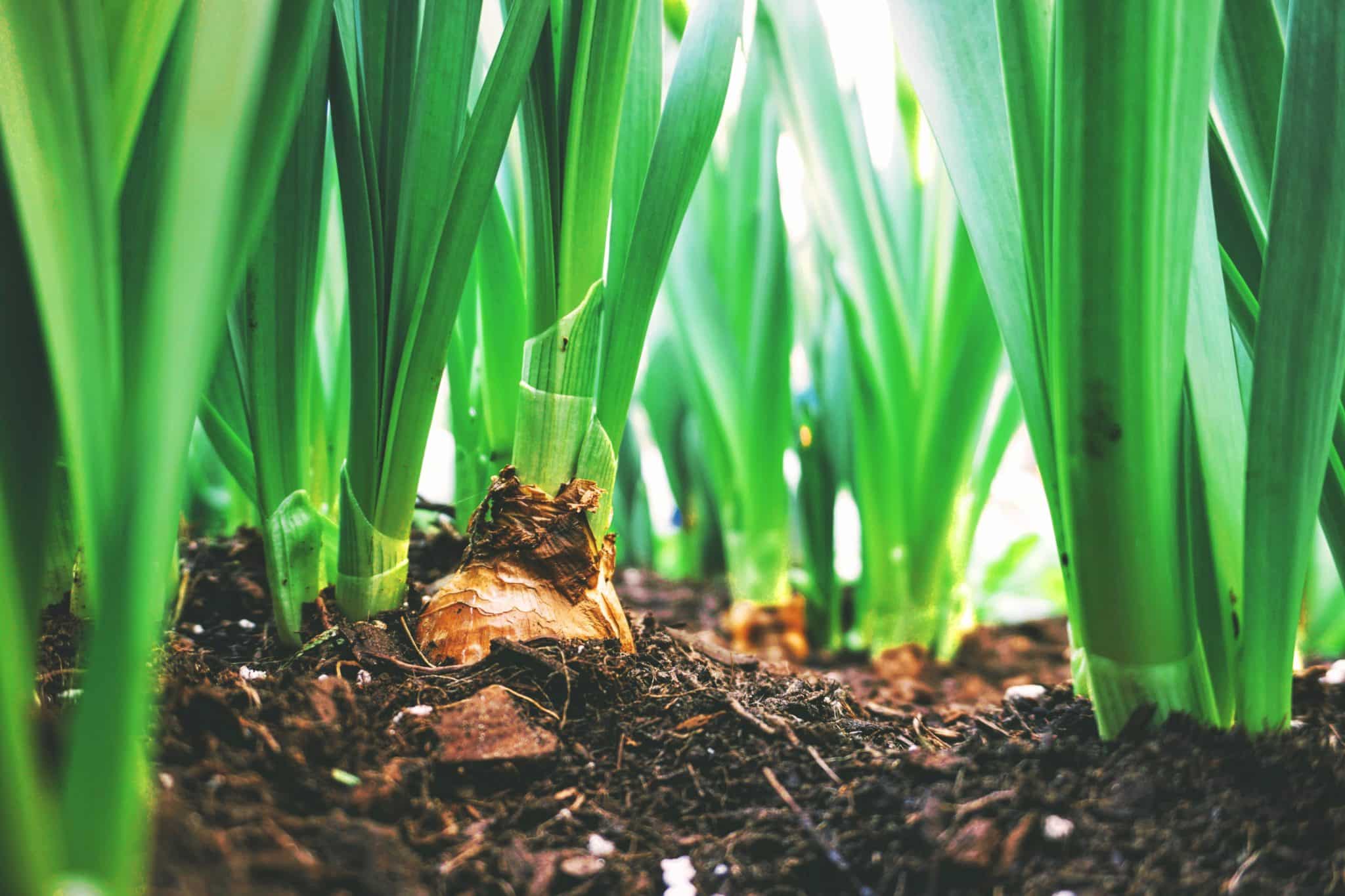
Topsoil, Mulch, & Compost: What’s the Difference and How to Use Them
When landscaping your yard or setting up a new garden, it’s important to know how to use certain organic materials to get the most out of your plants. Three of the most commonly used materials are mulch, compost, and topsoil.
Understanding the difference between this soil trio is essential, but even more important is knowing which to use, where, and when.
How to Use Topsoil and Compost
Topsoil is the upper, outermost layer of soil that is usually composed of the top few inches. It has the highest concentration of organic matter and microorganisms and is where most of the Earth’s biological soil activity occurs. Plants generally concentrate their roots in this layer and obtain most of their nutrients here.
The Need for Topsoil
In the days of our grandparents, the topsoil was naturally very thick and deep but due to land clearing, over-farming, and other unsustainable agriculture practices, our soil has been depleted. So much so, that in many places across the country, there is little to no topsoil left at all.
If you are preparing a site for planting edibles or ornamentals, it’s important to start with good soil that is high in nutrients and will feed your plants as they grow.
The easy way to accomplish this is to simply buy prepared topsoil, then add it to your site before planting, mix it into the existing soil, and begin planting. If you have time, however, you can create topsoil by yourself. Toss organic matter like grass clippings, discarded fruit, leaves, etc. into a pile where it receives air and water it will naturally break down, resulting in compost. Mix the compost into the top layer of your planting area and you are good to go.
Difference Between Topsoil and Compost
Compost and topsoil are essentially the product of decomposed organic matter. They are both high in nutrients and beneficial organisms. They are both an excellent addition to your garden, but are they the same? Not really.
While they share many of the same attributes, compost and topsoil differ in their application. Compost is often only used as an organic amendment, the result of letting organic materials breakdown until they are a fine texture.
Compost is usually used more as potting soil, a top-layer fertilizer to your plants, or to amend your current soil. Whereas topsoil is better for building up your soil level or as a landscape filler. In fact, many times when you order topsoil in bulk, what you get is dirt with some organic matter blended in.
As a result of the collection, reduction, and recycling of tree and land clearing debris, Gaston Mulch and Soil produces topsoil as the biomass material decomposed and screened, creating topsoil that is the best of both worlds.
How to Use Mulch
After you’ve created a base layer of topsoil, then enriched it with compost, you need a cover to keep it cool and moist, and prevent weeds from competing with the more desirable plants in your garden.
This is where mulch comes in. In addition to beautifying your landscape, mulch helps prolong the life of your plants and keep your soil intact. Over time, mulch will break down and effectively become topsoil but it shouldn’t be used in lieu of topsoil. That said, while you could leave your topsoil uncovered, it is wise to cover it with mulch to avoid erosion from the rain and overheating from our hot sun.
Gaston Mulch, Topsoil, and Compost
While you may not have considered all the differences between these different soil amendments, it’s important to use them properly.
To reiterate: Lay a base level of topsoil, enriched with compost, and cover it with mulch.
At Gaston Mulch and Soil, we create our compost, topsoil, and mulches from the highest quality, recycled tree debris. If you are starting a garden, or refreshing your landscape, contact us. We’d love to help with your project.
